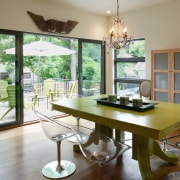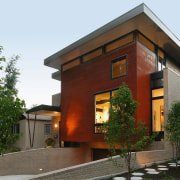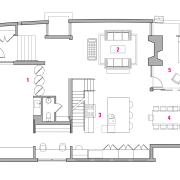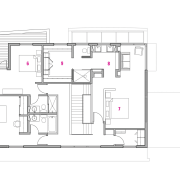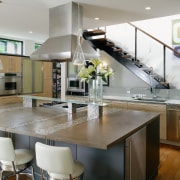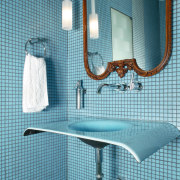Striking the right balance
Inspiration from several unconventional sources has resulted in a home that is both distinctive and inviting
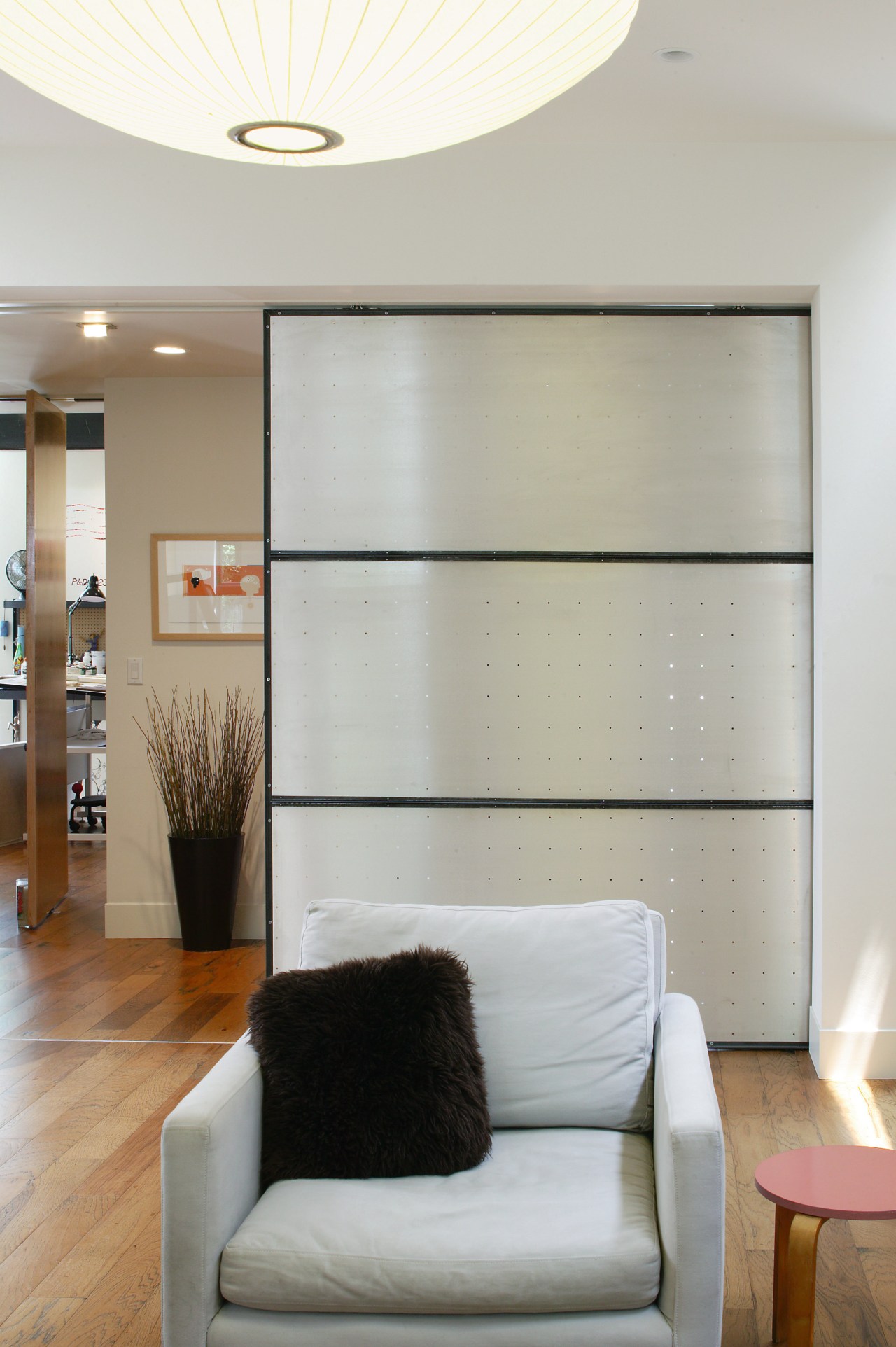
Although many people have a reasonable idea of the style of home they want from the outset, the final design can still be influenced by the surrounding architecture.
The challenge is to come up with a design that reflects the individuality of the owners, yet still retains complementary elements in keeping with the neighborhood context, says architect Kevin Stephenson of Semple Brown Design.
"The predominant period of architecture in this neighborhood is the 1930s to 1960s, with an eclectic mix of styles from International and Modern, to Tudor, Colonial and Ranch."
"A soft, earthen-colored brick was used extensively around the house as a grounding material set against rust-red CorTen steel panels, giving a modern twist to the traditional palette found in the neighborhood," says Stephenson.
The homeowner says the choice of materials was always destined to be out of the ordinary.
"We've strived throughout to use either unconventional materials or conventional materials in an unconventional way. We knew we didn't want to use stucco and wood on the exterior, so when Kevin suggested CorTen steel, we knew it was the right choice for us."
"The biggest challenges were dealing with a small site and a fairly large program. The ground floor needed to maximize the buildable areas. So, though unconventional in this neighborhood, the garage was placed on the basement level. To make this work, the entire house was built only partially below grade, which also helps get much better natural light to the basement. The main level of the house is about five feet above grade, but most never notice because the entry door was held down purposely to relate to the neighboring home entrances. The art studio window, adjacent to the entry, starts at the floor, so that from the exterior visitors perceive the window sill as being at a similar height to the surrounding homes. These are visual tricks to help integrate the home into the fabric of the neighborhood," says Stephenson.
Unconventional materials and practices have also been incorporated throughout the interior of the house, mainly in response to its dual function as home and work space.
One of the owners is an artist, so a major part of the program was integrating a studio where the homeowner could work and bring prospective clients in to see her work, with as little disturbance as possible for the rest of the family.
"The art studio was originally conceived in a basement location by the owners, but this was in complete conflict with the requirements great light, easy access for visitors, open connection to the family areas. To resolve this, the garage was pushed under the house and the art studio placed front and center, with huge windows to the street. There is an open gallery space and powder room next to the art studio and foyer. A pair of 5ft-wide floor-to-ceiling sliding metal doors work to separate the studio and great room during a showing with a prospective client. The doors are perforated, so hooks can be easily moved from one location to another depending on what art is being displayed. The large window to the street allows passers-by to view the easels and ever-changing work by the artist.
The kitchen, too, comes in for some avant-garde treatment, which the owner admits has more to do with aesthetics than functionality.
"Aside from the practical aspects of the space, the only other functional element that I wanted included were the glass doors. The rest of the materials were purely aesthetic and an opportunity to incorporate an intimate, personal touch into what is traditionally a utilitarian space."
"The kitchen has a very structured design when viewed in plan, but the varied materials used for the counters and cabinets, combined with the owner's own selections of furniture, give it the eclectic feel. The reason for this aesthetic was to make the kitchen a more comfortable place for the family to congregate. It is thoroughly modern but when you're in this space you feel comfortable and at ease. Too many modern kitchens strive so hard to be pristine that they become uninviting and sterile," says Stephenson.
As well as the owner's personal brief for the property, they also worked with a Feng Shui consultant to improve the flow of positive chi throughout the home.
"The Feng Shui consultant was part of the design meetings right from the beginning. The impact on the design can be seen throughout the home, though only to the trained eye the staircase for example with its two turns so that you enter facing east and exit facing west. I found that most of the principals of Feng Shui just made sense and were easily woven into the layout of rooms, circulation and program adjacencies. There were some challenging moments, but for the most part the design process flowed as well as the house does when you experience it first hand. I think the best architecture comes from those sites and situations with the most constraints, and though it never felt like an obstacle, the use of Feng Shui added just the right amount of complexity to the project," says Stephenson.
"Everything about the design is based on Feng Shui principles. I believe this home is a product of the best elements of both Feng Shui and architecture, the fact that every space is used and everywhere you look there is a beautiful thing to rest your eye on, whether it's a row of windows or a jutting wall," says the homeowner.
Credit list
Kitchen designer
Structural Engineer
Paints and varnishes
Kitchen cabinetry
Backsplash
Faucets
Basin
Accessories
Kitchen manufacturer
Siding
Flooring
Lighting
Countertops
Kitchen sink
Bathroom vanity
Faucets
Toilet
Story by: Trendsideas
Photography by: Ron Pollard Striking the right balance Inspiration from several unconventional sources has resulted
Home kitchen bathroom commercial design
From farmhouse to farmstead
Walk this way – garden pathways to lead your thinking
Water, water, not everywhere

